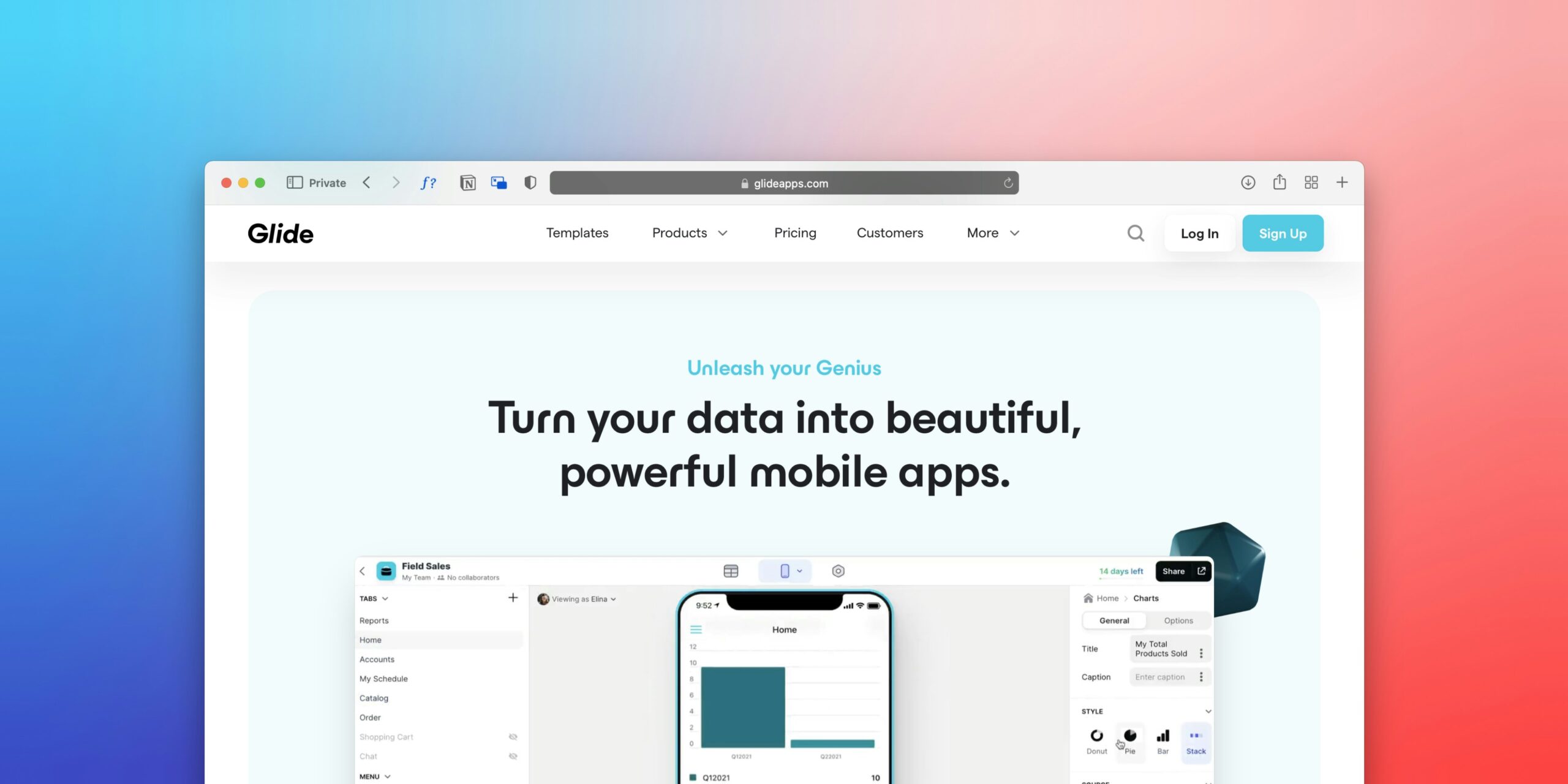
ASO Strategies for App Store Success
Introduction
App Store Optimization (ASO) is crucial for app discovery and downloads. In today’s competitive mobile app landscape, a robust ASO strategy is no longer optional—it’s essential for success. Without effective ASO, your app risks getting lost in the sea of millions of other apps vying for user attention. This guide will equip you with the knowledge and strategies you need to optimize your app’s visibility and drive organic downloads.
Keyword Research: Unearthing App Store Gold
Effective ASO starts with thorough keyword research. Identify relevant keywords with high search volume and low competition. Tools like App Annie, Sensor Tower, and AppTweak can help you discover these keywords. Remember the importance of long-tail keywords—more specific phrases that target niche audiences. For example, instead of just “game,” consider “puzzle game for kids.” Prioritize keywords relevant to your app’s functionality and target audience.

App Title Optimization: Making a First Impression
Your app title is the first thing users see. Craft a compelling and keyword-rich title that accurately reflects your app’s purpose. Keep it concise—under 30 characters if possible—and include your most important keywords. For example, instead of “My Awesome Productivity App,” a better title might be “FocusFlow: Productivity Planner.” Read this comprehensive guide to ASO for more tips.

App Description Optimization: Telling Your App’s Story
Your app description is your chance to tell your app’s story. Write a persuasive and informative description that highlights key features and benefits. Naturally incorporate keywords, but avoid keyword stuffing. Use compelling language that resonates with your target audience. Structure your description with clear headings and bullet points to improve readability. Consider A/B testing different versions of your description to see what performs best.

App Store Icon and Screenshots: Visual Appeal
First impressions matter. Your app icon and screenshots are crucial for grabbing users’ attention. Create high-quality, visually appealing visuals that showcase your app’s functionality and user interface. Use clear, concise imagery that accurately represents your app’s value proposition. A/B test different versions of your icon and screenshots to see which ones resonate most with users. Remember that compelling visuals are key to driving conversions. Check out this article on ASO strategies for more details.

Conclusion
Implementing these ASO strategies will significantly improve your app’s visibility and download rate. Remember that ASO is an ongoing process, not a one-time task. Continuously monitor your app’s performance, track your keyword rankings, and make adjustments based on data and user feedback. By regularly updating your ASO, you’ll ensure your app remains competitive and continues to attract new users. Learn more about optimizing your app marketing with Google Ads.
FAQ
What is ASO?
ASO, or App Store Optimization, is the process of optimizing your app’s listing on app stores (like the Apple App Store and Google Play) to improve its visibility and increase downloads. It involves optimizing various elements like keywords, descriptions, and visual assets.
How often should I update my ASO?
The frequency of ASO updates depends on various factors, including your app’s performance and the competitive landscape. However, regular monitoring and updates—at least every 4-8 weeks—are recommended to adapt to algorithm changes and user behavior. This is discussed further in our guide on mastering ASO.
What are the key metrics to track for ASO success?
Key metrics include download numbers, conversion rates (from impressions to downloads), keyword rankings, and user reviews. Tracking these metrics helps you understand what’s working and what needs improvement.
How can I measure the ROI of my ASO efforts?
Measuring the ROI of your ASO efforts involves comparing the cost of your ASO activities with the increase in organic downloads and revenue generated. You can use tools to attribute downloads to your ASO efforts.
What are some common ASO mistakes to avoid?
Common mistakes include keyword stuffing, neglecting user reviews, ignoring visual assets, and failing to adapt to algorithm changes. A comprehensive ASO strategy addresses all these aspects.
Additional Resources / References
- What is App Store Optimization (ASO)? The in-depth guide for 2024
- Top ASO tips and best practices for 2025
- 10 App Store Optimization Strategies for Dominating App Stores
- What is app store optimization: Your Guide to ASO in 2025
- 5 App Store Optimization (ASO) Strategies to Boost Your App Store …
- How to Master Google Ads for App Marketing
- The Ultimate Guide to App Store Optimization (ASO)
- ASO Strategies for App Store Success
- ASO Tools: A Case Study Comparing Top Performers
- How to Master App Store Optimization (ASO) for Mobile App Marketing



